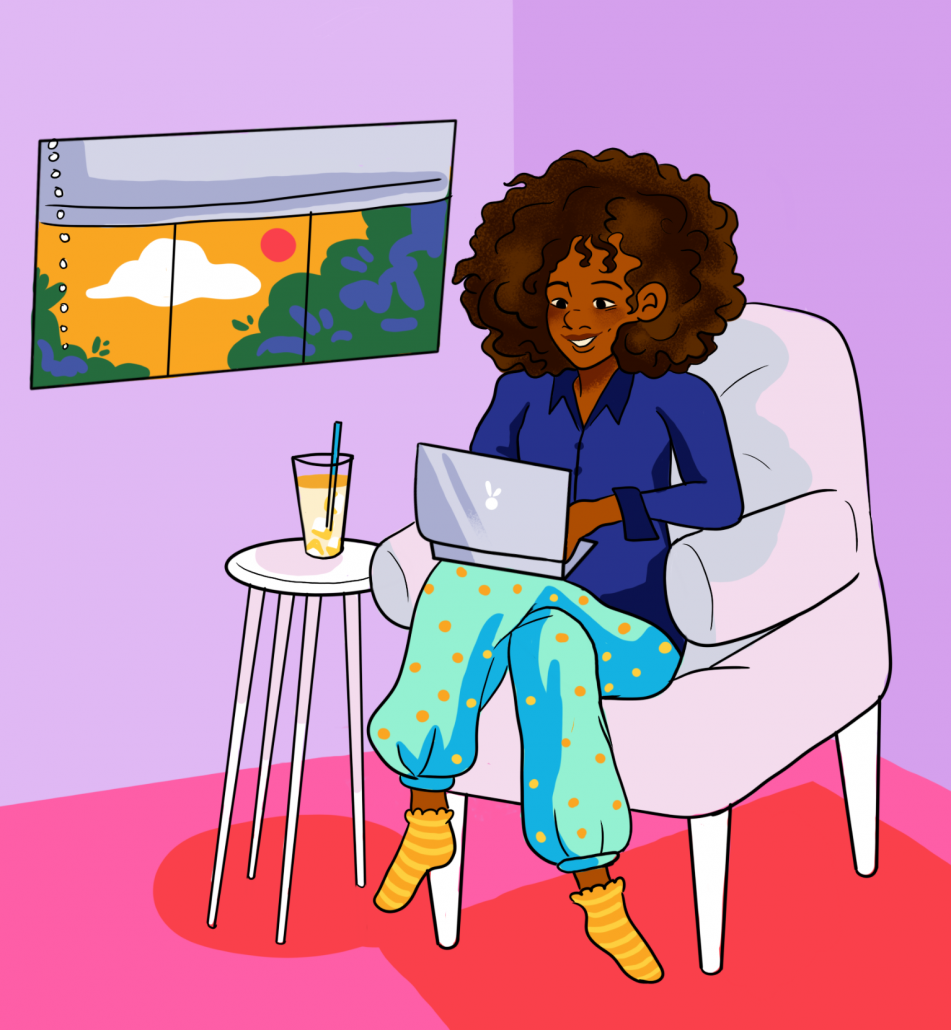Despite fatigue, we must acknowledge Zoom’s benefits
With the rise of coronavirus came the rise of Zoom. Well, Zoom has actually been around since 2011, but the emergence of the pandemic warranted a way to continue interacting with others in a virtual format for school, work, appointments and more.
In the past year and a half, Zoom has become accessible to students of all ages, from elementary school to college. Furthermore, students have gone from a wondrous fascination with Zoom to utter hatred. After spending hours a day attending classes through a computer, it’s no wonder many users suffer from “Zoom fatigue.”
With that being said, many students and adults are more than eager to get rid of Zoom and fully return to normal pre-pandemic life, but some experts believe that the pandemic may not come to a clear end any time soon. Considering how rapidly the virus can evolve, variants make the situation even messier. Consequently, Zoom might not be out of our lives as soon as some may wish.
However, it is important to consider the benefits Zoom has added to daily life. As much as people want to get back to normalcy, should we should do away with Zoom altogether?
There are certainly pros and cons to remote learning and work. Some find it easier to do things remotely, as it allows one to work from the comfort of their own home or wherever else they might choose. Of course, many would argue that a whole year of remote working and learning has been detrimental.
For example, students, both young and old, may feel anxious to fully return to in-person learning because they have become comfortable with virtual interaction. A whole year of Zoom school worsened some people’s social anxiety and stamina. Students returning to campus are still adjusting to the hustle and bustle of what we used to know as daily life. Getting dressed in (real) clothes, walking to classes all day long and even getting back into the habit of seemingly trivial things such as small talk with classmates before professors begin lecture.
Taking all that into consideration, it makes sense that many people would like to see Zoom gone from their lives forever. However, as sick of it as students are, Zoom has benefits that we shouldn’t be so quick to ditch.
For one, it allows ill students to stay home and rest while still “attending” class. For most college students, this has never been an option before. When a student was sick before the pandemic, they would be forced to choose between completely missing lectures or attending class and risk spreading illness to peers and professors.
Returning fully to in-person classes is clearly what everyone wants and even needs, but perhaps universities should keep a virtual learning option for students with illnesses, or at least continue the practice of recording lectures. Not only are recorded lectures great for absent students, but they can also be very beneficial as a study resource for students to rewatch lectures and review lecture material.
In addition, Zoom webinars are great for large-scale information sessions or campus engagement activities. Universities may not always have the space available to hold larger events or even the time to set up a space and make all necessary preparations, such as sanitizing measures.
However, it is important that both students and professors don’t abuse the virtual option because online learning should not become a permanent substitution for the in-person learning experience. The continuation of a virtual learning option should not be used for individuals who would like to take a vacation or just attend class somewhere else rather than being physically present. Similarly, many professors continue to repeatedly show pre-recorded, old lectures to their students.
When it is possible again, school must return to its former glory of full in-person student and professor interaction. Zoom has made life easier in some ways yet difficult in many other ways. However, a careful balance of remote learning in our return to pre-pandemic life may be more helpful than we would like to admit.


